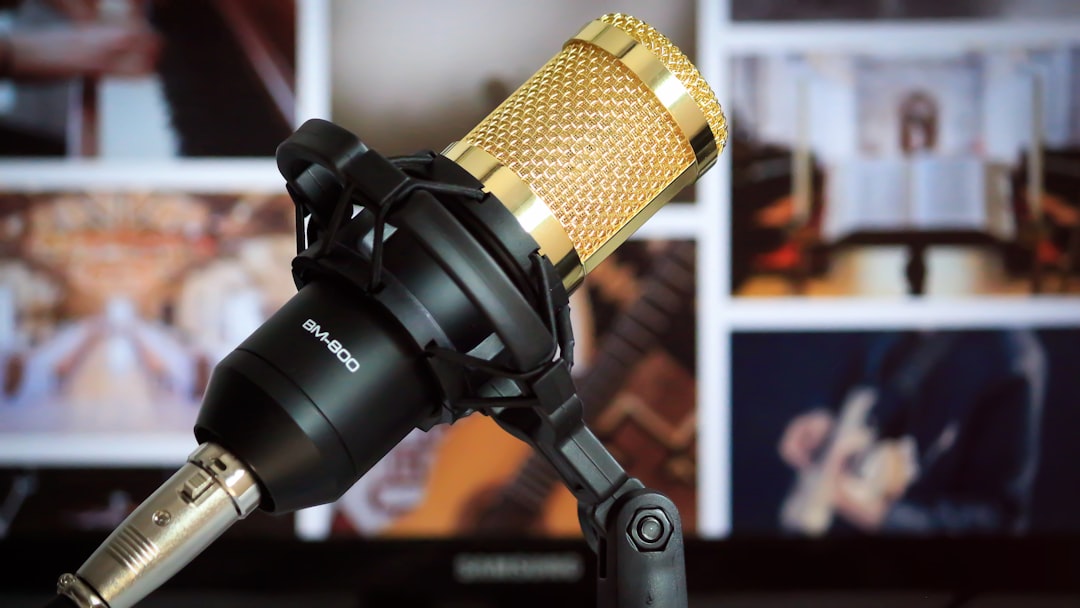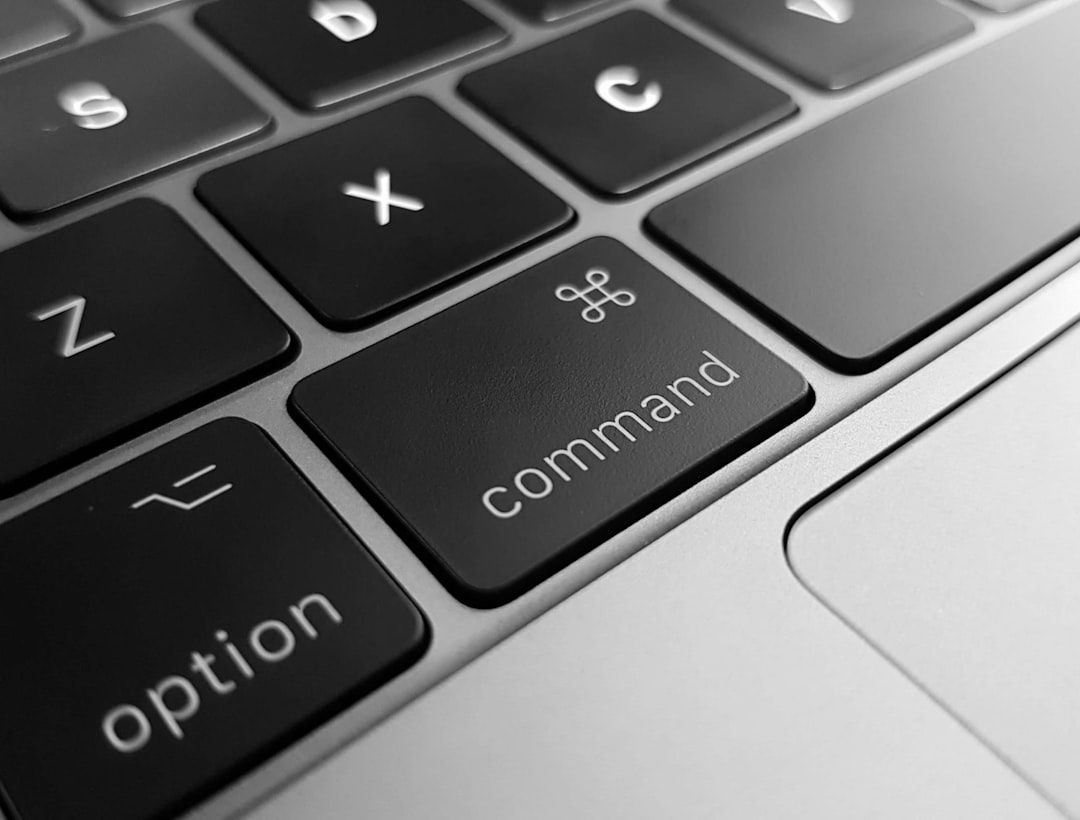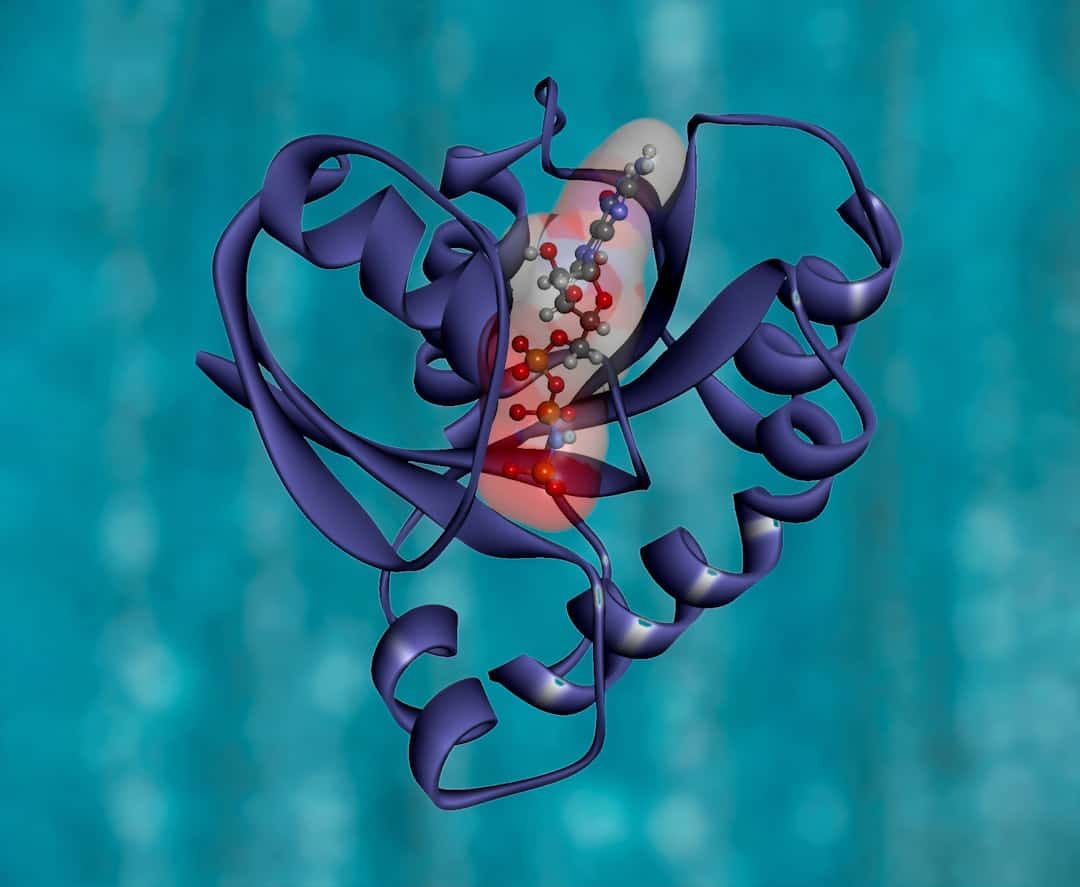Samsung Bixby, the tech giant’s flagship virtual assistant, has emerged as a significant player in the realm of artificial intelligence and smart technology. Launched in 2017, Bixby was designed to enhance user experience across Samsung devices, providing a seamless interface that integrates voice, vision, and touch. Unlike other virtual assistants that primarily focus on voice commands, Bixby aims to create a more holistic interaction model, allowing users to engage with their devices in a more intuitive manner.
This multifaceted approach not only enhances usability but also positions Bixby as a versatile tool for managing dAIly tasks and accessing information. As the digital landscape continues to evolve, Bixby has adapted to meet the growing demands of users who seek efficiency and convenience. With its ability to learn from user behavior and preferences, Bixby offers a personalized experience that evolves over time.
This adaptability is crucial in a world where technology is increasingly integrated into our daily lives, making Bixby not just a tool but a companion that understands and anticipates user needs. As we delve deeper into the various features and capabilities of Samsung Bixby, it becomes clear that this virtual assistant is more than just a voice-activated service; it is a comprehensive platform designed to enhance the way we interact with technology.
Key Takeaways
- Samsung Bixby is a virtual assistant developed by Samsung to provide a personalized and intuitive user experience.
- Users can interact with Samsung Bixby through voice commands, text input, and touch gestures, making it a versatile and user-friendly virtual assistant.
- Bixby offers a wide range of voice commands and virtual assistant capabilities, including setting reminders, sending messages, and accessing information on the web.
- Samsung Bixby allows users to control their devices and integrate with smart home technology, providing a seamless and connected experience.
- Bixby Marketplace offers app integration and customization options, allowing users to personalize their Bixby experience and access a variety of third-party services.
User Interaction with Samsung Bixby
User interaction with Samsung Bixby is designed to be as natural and intuitive as possible. The assistant can be activated through various methods, including voice commands, physical buttons on devices, or touch gestures. This flexibility allows users to choose their preferred mode of interaction based on the context and their personal preferences.
For instance, when driving or cooking, voice activation becomes particularly useful, enabling hands-free operation. Conversely, when users are in a quieter environment, they may opt for touch commands to engage with Bixby. Moreover, Bixby’s conversational capabilities set it apart from many other virtual assistants.
It can understand context and follow-up questions, allowing for a more fluid dialogue. This means that users can ask Bixby a series of related questions without needing to repeat themselves or provide excessive context each time. Such an interactive experience fosters a sense of engagement and makes users feel as though they are conversing with a knowledgeable assistant rather than merely issuing commands.
This level of interaction not only enhances user satisfaction but also encourages users to explore the full range of Bixby’s capabilities.
Voice Commands and Virtual Assistant Capabilities

At the heart of Samsung Bixby’s functionality lies its robust voice command system. Users can issue a wide array of commands ranging from simple tasks like setting alarms or sending messages to more complex requests such as searching for information online or controlling smart home devices. The accuracy of Bixby’s voice recognition technology has significantly improved over the years, allowing it to understand various accents and dialects, which broadens its accessibility to a global audience.
Bixby’s virtual assistant capabilities extend beyond mere command execution; it also offers proactive suggestions based on user habits and preferences. For example, if a user frequently asks for weather updates in the morning, Bixby may preemptively provide this information without being prompted. This anticipatory functionality not only saves time but also enhances the overall user experience by making interactions feel more personalized and relevant.
Device Control and Smart Home Integration
| Device | Control Type | Smart Home Integration |
|---|---|---|
| Smart Bulb | App Control | Yes |
| Smart Thermostat | Voice Control | Yes |
| Smart Lock | Remote Control | Yes |
| Smart Plug | Timer Control | Yes |
One of the standout features of Samsung Bixby is its ability to control a wide range of devices within the smart home ecosystem. With the proliferation of IoT (Internet of Things) devices, Bixby serves as a central hub that allows users to manage everything from lighting and thermostats to security cameras and appliances through simple voice commands. This integration simplifies the user experience by providing a unified interface for controlling multiple devices, eliminating the need for separate apps or remotes.
The smart home integration extends beyond just Samsung products; Bixby is compatible with various third-party devices as well. This compatibility ensures that users can create a cohesive smart home environment regardless of the brands they choose. For instance, users can say, “Bixby, turn off the living room lights,” or “Bixby, set the thermostat to 72 degrees,” and watch as their commands are executed seamlessly.
This level of control not only enhances convenience but also contributes to energy efficiency by allowing users to monitor and adjust their home environment effortlessly.
App Integration and Bixby Marketplace
Samsung Bixby’s functionality is further enhanced by its app integration capabilities. The Bixby Marketplace allows developers to create custom applications that leverage Bixby’s voice recognition and AI capabilities. This opens up a world of possibilities for users who can access specialized services tailored to their needs.
From fitness tracking apps that provide real-time updates during workouts to travel apps that assist with itinerary management, the potential for innovation within the Bixby ecosystem is vast. Moreover, app integration allows users to interact with their favorite applications using voice commands. For example, users can ask Bixby to play specific songs on their music streaming service or check their calendar for upcoming events without needing to navigate through multiple screens.
This streamlined access not only saves time but also enhances productivity by allowing users to multitask effectively. As more developers embrace the Bixby platform, the range of available applications continues to grow, making it an increasingly valuable tool for everyday life.
Customization and Personalization of Bixby

Customization is a key aspect of Samsung Bixby’s appeal, allowing users to tailor their experience according to individual preferences. Users can adjust settings such as voice tone, language, and even the wake word used to activate the assistant. This level of personalization ensures that each interaction feels unique and aligned with the user’s identity.
Additionally, users can create routines—automated sequences of actions triggered by specific commands or times—that further enhance convenience in daily life. Bixby’s ability to learn from user interactions also contributes to its personalization features. Over time, it becomes attuned to individual preferences, making suggestions that resonate with users’ habits and interests.
For instance, if a user frequently orders coffee from a particular café in the morning, Bixby may remind them or even place an order automatically based on their established routine. This proactive approach not only simplifies tasks but also fosters a deeper connection between users and their virtual assistant.
Bixby’s Role in Samsung Ecosystem
Samsung Bixby’s integration within the broader Samsung ecosystem is another significant advantage that sets it apart from other virtual assistants.
Users can control their entire suite of Samsung products through Bixby, creating an interconnected experience that enhances usability and convenience.
This ecosystem approach allows for seamless transitions between devices. For example, a user can start watching a show on their Samsung TV and then continue watching it on their smartphone while on the go—all while using Bixby to manage playback and settings across devices. Such fluidity not only enriches the user experience but also reinforces brand loyalty as consumers become more invested in the Samsung ecosystem.
Future Developments and Improvements for Samsung Bixby
Looking ahead, Samsung is committed to continuously enhancing Bixby’s capabilities through ongoing development and innovation. As artificial intelligence technology advances, we can expect improvements in natural language processing and machine learning algorithms that will further refine Bixby’s understanding of context and user intent. These enhancements will likely lead to even more sophisticated interactions that feel increasingly human-like.
Additionally, as smart home technology continues to evolve, Bixby’s role as a central control hub will expand further. Future developments may include deeper integration with emerging IoT standards and protocols, allowing for even greater compatibility with third-party devices. Furthermore, as privacy concerns grow among consumers, Samsung will likely focus on enhancing security measures within Bixby to ensure user data remains protected while still providing personalized experiences.
In conclusion, Samsung Bixby stands out as a versatile virtual assistant that combines voice recognition with proactive learning capabilities to create an engaging user experience. Its integration within the Samsung ecosystem enhances its functionality while offering customization options that cater to individual preferences. As technology continues to advance, Bixby’s future looks promising, with ongoing improvements poised to elevate its role in our increasingly connected lives.
For those interested in the evolution of digital assistants like Samsung Bixby, which focuses on user interaction, voice commands, device control, and application integration, it’s essential to understand the broader context in which these technologies are developing. A related article that explores the economic and business implications of emerging technologies, which indirectly impacts the development and integration of systems like Bixby, can be found here: Challenges and Opportunities: Business and Economic Perspectives. This article provides insight into how technological advancements are shaping industries and what that could mean for the future of digital assistants.
FAQs
What is Samsung Bixby?
Samsung Bixby is a virtual assistant developed by Samsung Electronics. It is designed to help users interact with their Samsung devices using voice commands and natural language processing.
What are the key features of Samsung Bixby?
Samsung Bixby offers various features including user interaction, voice commands, device control, and application integration. It allows users to control their devices, access information, and perform tasks using voice commands.
How does Samsung Bixby work?
Samsung Bixby uses natural language processing and machine learning to understand and respond to user commands. It can interact with various Samsung devices and applications to perform tasks and provide information to users.
What devices are compatible with Samsung Bixby?
Samsung Bixby is compatible with a wide range of Samsung devices including smartphones, tablets, smartwatches, and smart home devices. It is integrated into the Samsung ecosystem to provide a seamless user experience.
Can Samsung Bixby integrate with third-party applications?
Yes, Samsung Bixby can integrate with third-party applications to provide a more comprehensive user experience. It allows users to interact with and control various applications using voice commands and natural language processing.











Leave a Reply